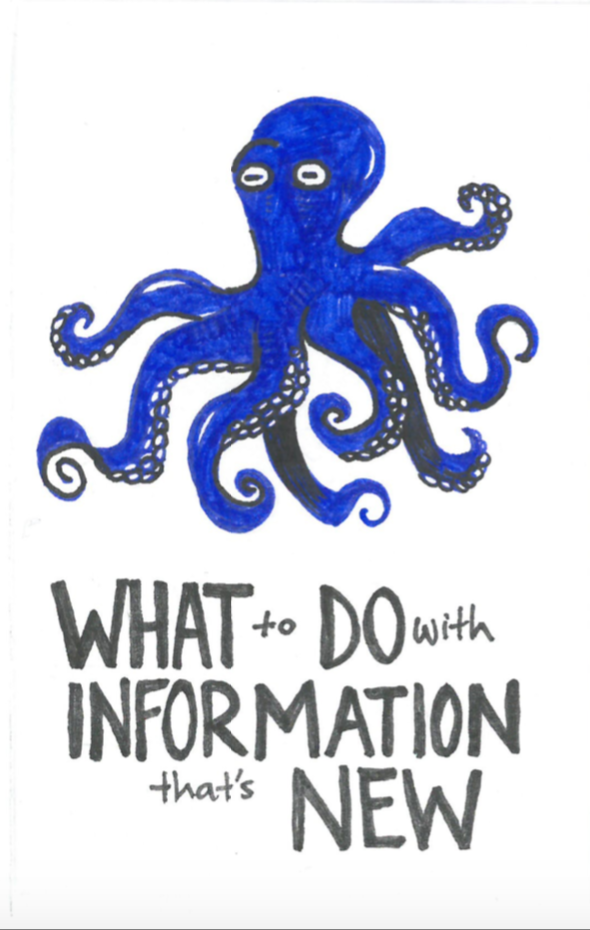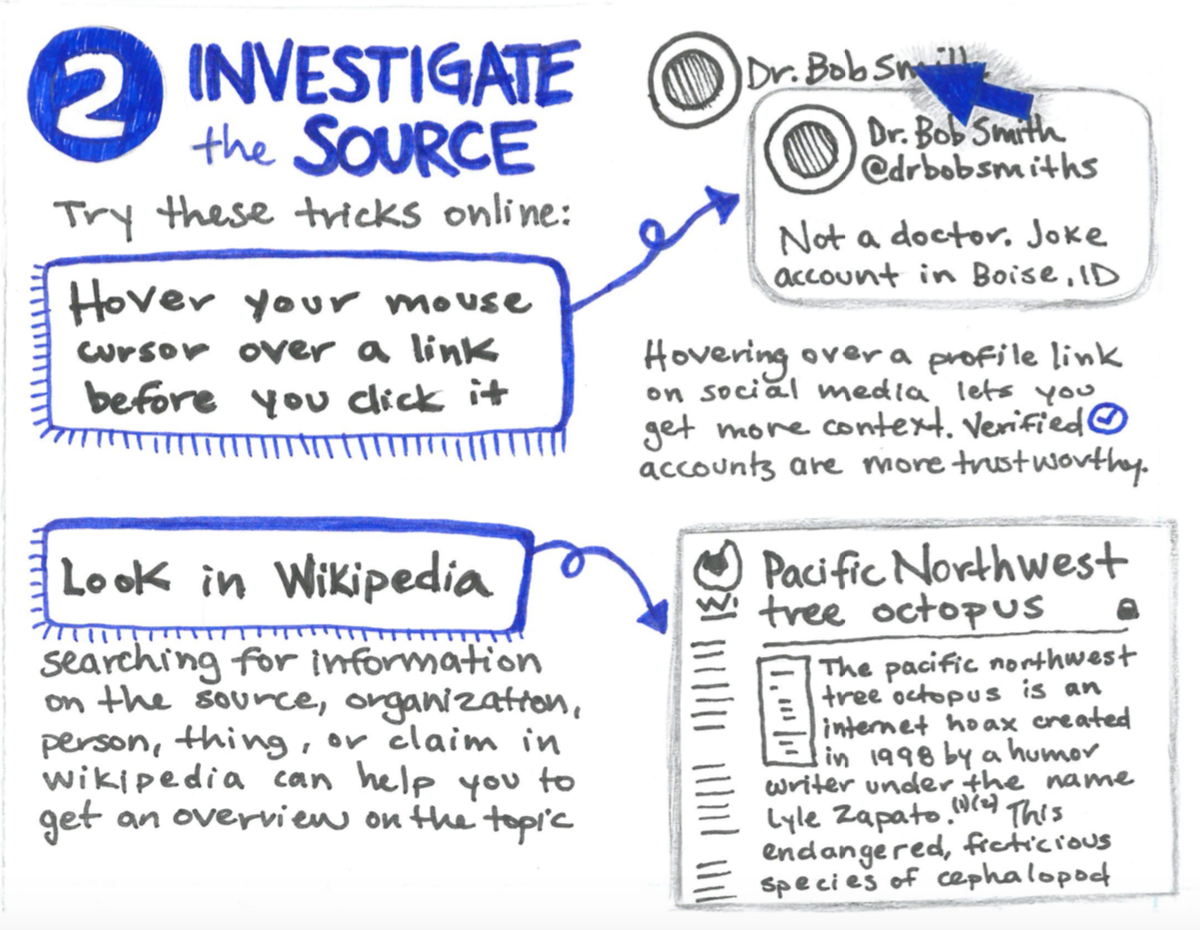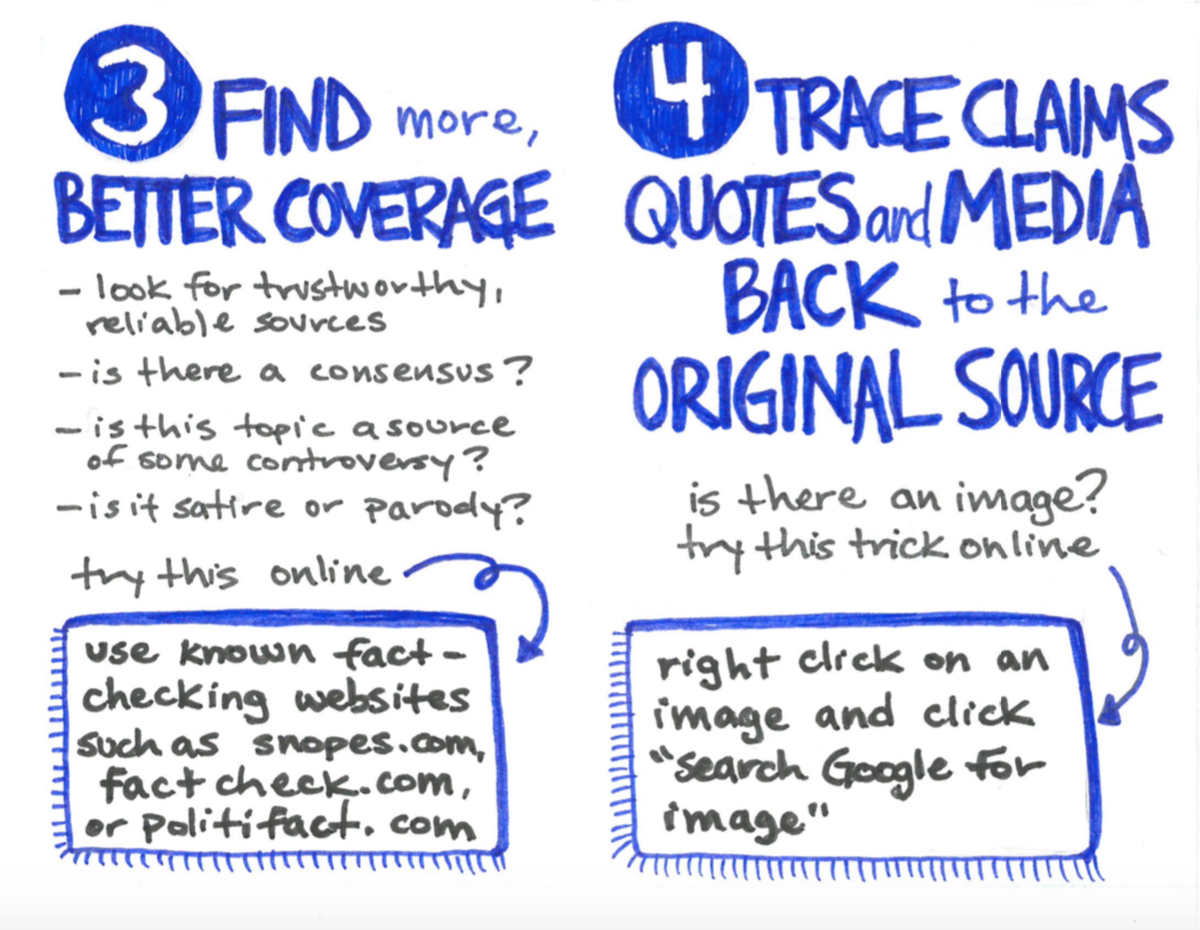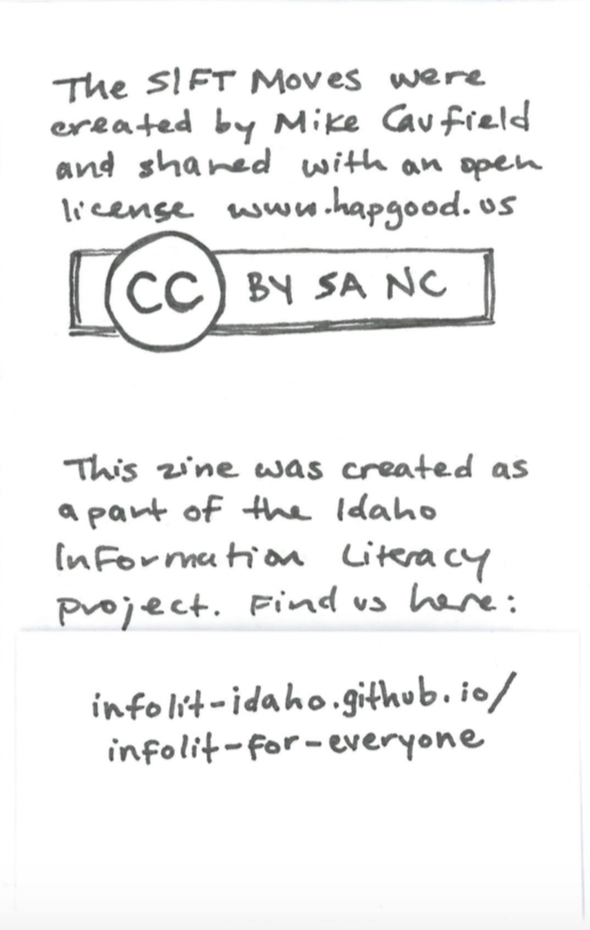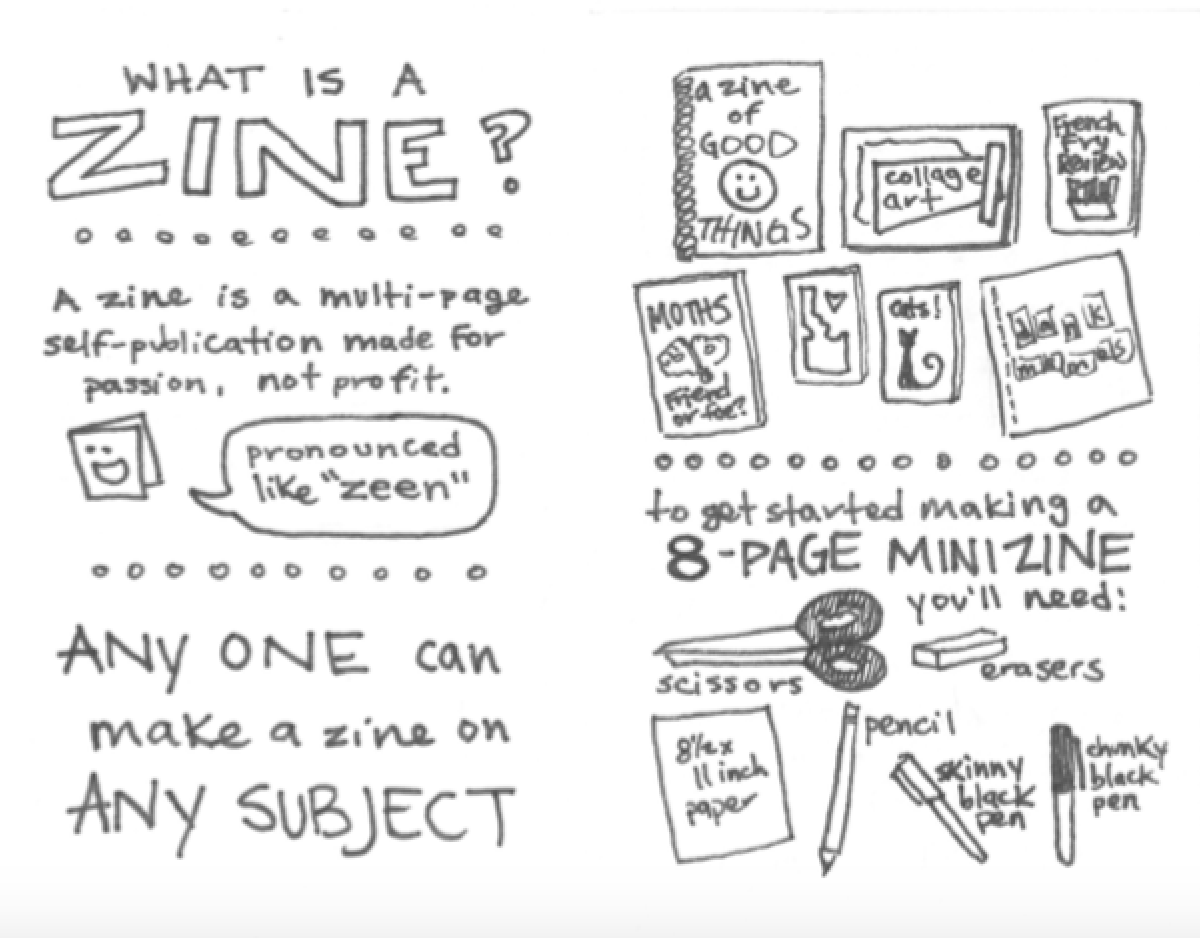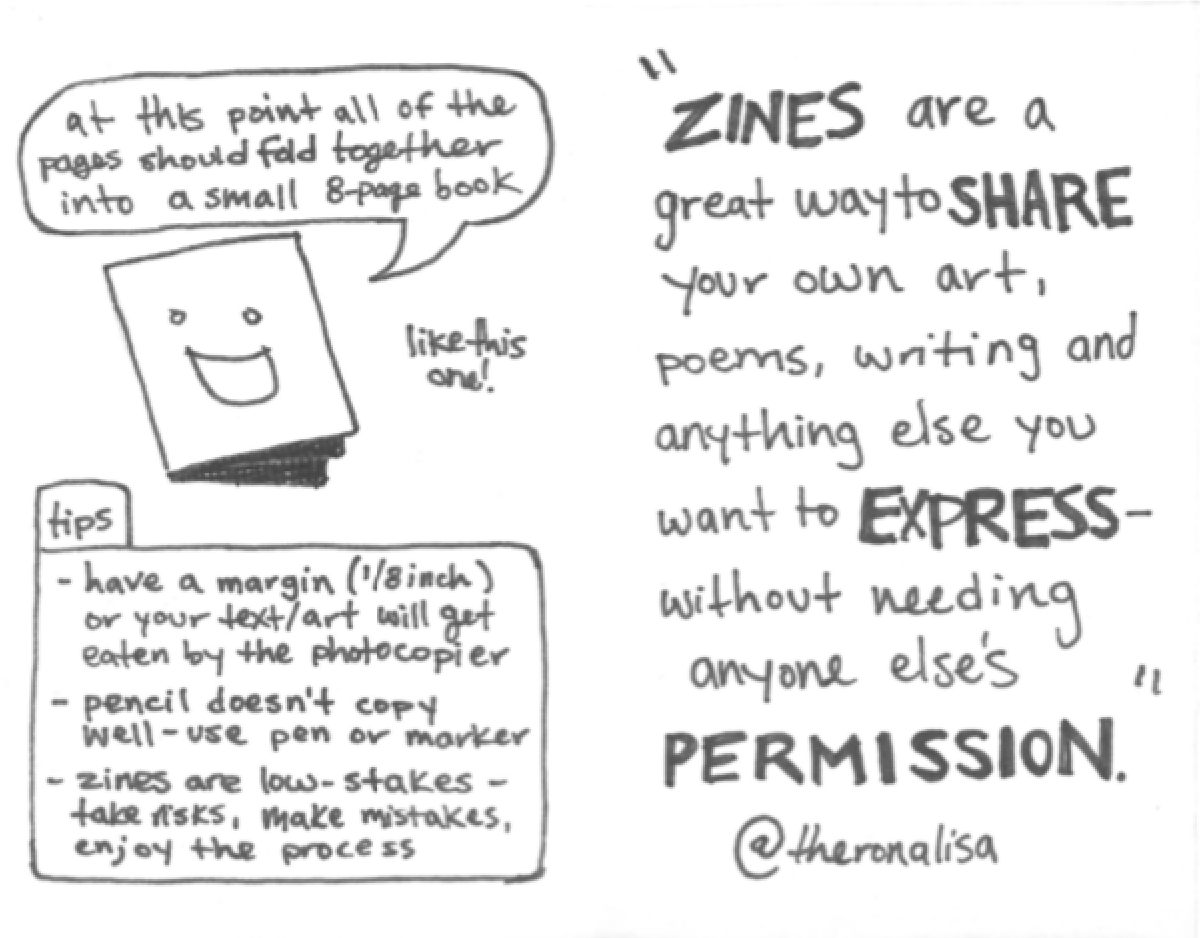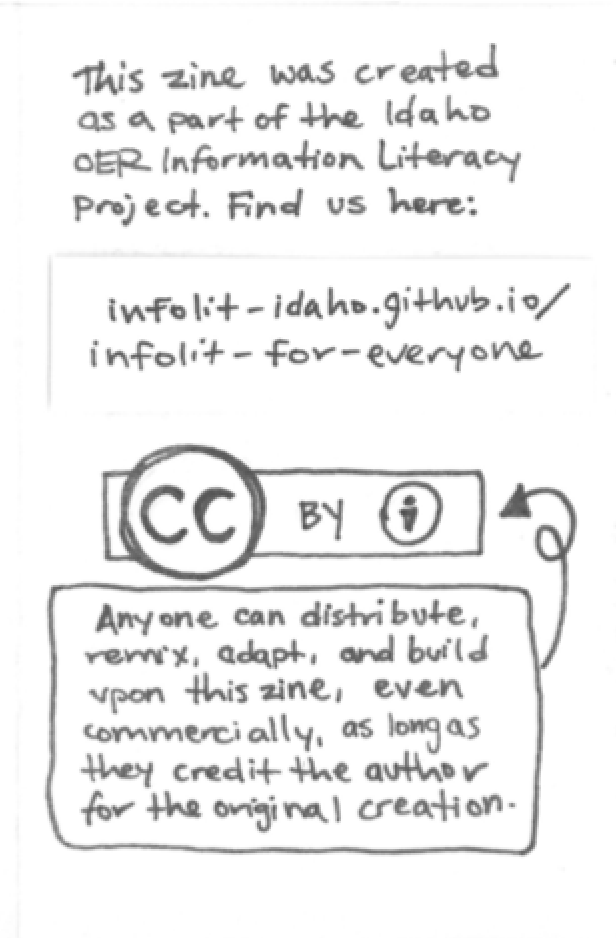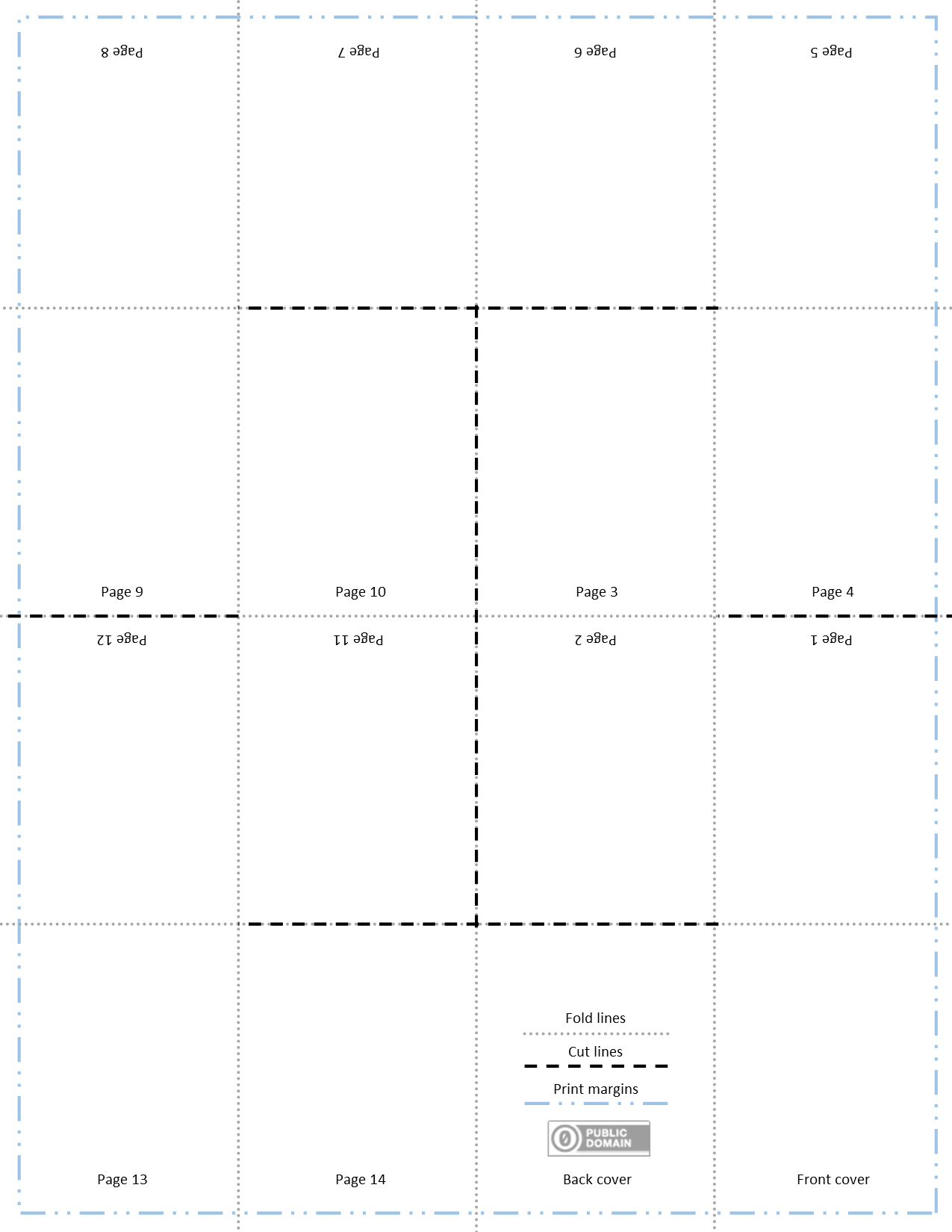Zines
What is a zine?
Zines (pronounced “zeens”) are self-made, self-distributed publications. Typically produced in small batches that can be easily reproduced, zines are a direct expression from the creator to the reader without financial motivation. (1) (2) (3)
You can find zines about any possible topic you can imagine. There are science-focused zine libraries, science fiction fanzine libraries, and many more.
Some zinesters choose to create zines in a series, like issues of a magazine, and some people make zines just as a one-time publication. If a zine has text, it can be typewritten or handwritten or a mix of both. And different zines use all kinds of artistic and crafting techniques, including collages, hand drawings, stickers, and photographs.
Zines are great for individual expression and also for collaborative projects. And, historically speaking, zines have long been connected to creating a sense of community, bringing people together and making connections. Some people consider the history of zines to stretch back for centuries, to the early decades of the printing press in western Europe. Martin Luther often gets credit as the first zinester for using his self-produced publication, the Ninety-Five Theses, to call out corruption in the Catholic Church in 1517 (4). Originally printed as a single-sheet broadside like the one pictured here, hundreds of copies were soon printed in pamphlet form and helped spark the Protestant Reformation throughout Europe. Here in the U.S., Thomas Paine’s 1776 pamphlet, Common Sense, encouraged the colonies to fight for independence from Great Britain, and so this publication is sometimes considered the first American zine (5).
It wasn’t until the early 20th century that a variety of small press and underground publications started popping up and eventually led to the type of publication we now think of as zines. From the 1920s through the 1960s, writers, artists, and political groups used their self-created and self-distributed publications to get the word out about their ideas and share their work. They created artistic manifestos, underground political newspapers, poetry chapbooks, literary magazines, comic books, and science fiction fanzines. The independent and artistic spirit of these publications appealed to the do-it-yourself punk rock music scene of the 1970s. Musicians and fans started making their own publications about bands and punk culture, and eventually these fanzines became just known as plain old zines. Zines and zinesters continued to be associated with punk and underground music throughout the 1990s. These music-related zines helped spark what would become a zine explosion by the late 1980s and early 1990s when technology like photocopiers became widely used and allowed people to make and reproduce their own publications pretty easily and inexpensively.
From pen and paper to Riso printers (6), technology has had an impact on zine making and distribution. Early pamphlets certainly benefited from the invention of the printing press, making it possible to mass-produce copies in a short period of time. This also meant the printed word was now available to more than just the wealthy. Always the domain of average citizens, zines didn’t benefit from advances in technology until they became more widespread and affordable. Enter the mimeograph machine (7). This technology was used by zinesters until the late ‘60s, when photocopiers became more easily accessible. Distribution was still low-tech at this point, with distros printing catalogs and zines that could be purchased and mailed. The next big jump in technology came when personal computers and laser and inkjet printers became more affordable. Add the internet on top of that and zines can now be produced and distributed digitally, with never a pair of scissors or glue stick touched.
A collaborative zine is one for which individual authors submit pages on a topic or theme and they’re compiled into one zine or a series of zines. This makes collaborative zines a great tool for sharing a variety of voices and in times of shared experiences, like a pandemic, they can be used to document those experiences. Quaranzines are zines created during the COVID-19 pandemic (8). Many organizations have been collecting quaranzines, including the University of Idaho Library. (9)
Quaranzines are a great example of zines as primary sources. This might not be the first thing that comes to mind about why zines are great, but it’s true. As we’ve seen from the 1776 American Revolution to the 1976 punk rock revolution and beyond, zines are firsthand accounts that document different historical time periods, political beliefs, or cultural perspectives; and zines can be extra valuable because they often contain the voices of marginalized populations or of one person’s experience of events that might not have been saved as part of the historical record otherwise.
You can learn more about the history of zines here: Read: Wright, Fred. “The History and Characteristics of Zines.” The Zine and E-Zine Resource Guide. 1997. Read: Van Lueven, Laura. “A Brief History of Zines.” The Chapel Hill Rare Book Blog. October 25, 2017. Watch: Zines: The Power of DIY Print (short documentary), 14 minutes.
Download Zines
Want to read or share this in a different format? Here are some zines for you & yours. Just print them out, cut and fold them, and enjoy!
Sift Zine
View our SIFT zine as images…
…or print, cut, and fold a copy using the instructions below!

This work is licensed under a Creative Commons Attribution-NonCommercial-ShareAlike 4.0 International License.
How to Make a Zine
instructions on how to make a zine

This work is licensed under a Creative Commons Attribution 4.0 International License.
8-Page Zine Template
Want to make a similar zine entirely with your own content? Here’s a template you can use!
mini zine template to print, cut, and fold

This work is free of known copyright restrictions.
How to Make a Tiny Zine


instructions on how to make a tiny zine

This work is licensed under a Creative Commons Attribution 4.0 International License.
16-Page Zine Template
Want to make a similar zine entirely with your own content? Here’s a template you can use!

